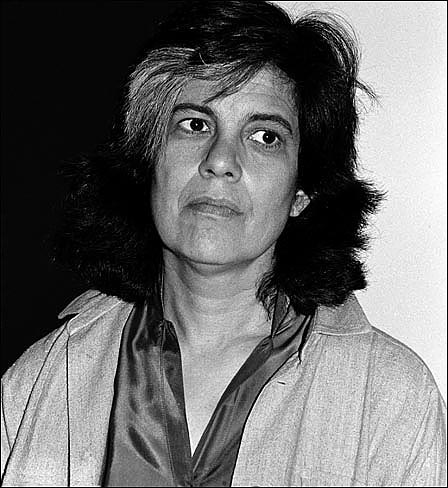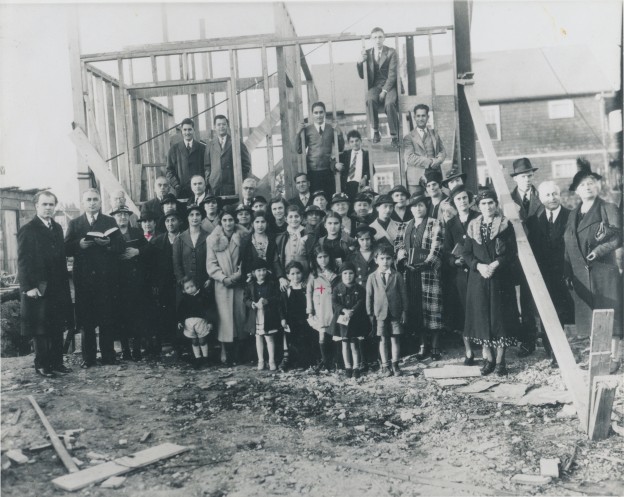The Name of This Place is Ras Al-Ain

Ras al-Ain, a town on the Syrian side of the Syrian-Turkish border has been in the news lately as the bloody civil war has spread from Damascus and Aleppo to other parts of the country. The fighting has been fierce, the town has been bombed from the air, and hundreds if not thousands of civilians have fled over the border to Turkey. It isn’t a town that is well known in America; I had never seen it referenced in the newspaper until quite recently. But now, each time the town is mentioned, I feel a little shock of recognition and hear a voice saying, “The name of this place is Ras al-Ain.”
When I was researching my first novel, I interviewed my grandmother’s friend, Alice Kharibian, who had been in the Syrian desert with my grandmother during what they called The Deportations (now known to most as the Armenian Genocide of 1915-1921). My grandmother had told me what had happened to her family when they were forced to leave their home in Mersin, Cilicia, and after my grandmother died I went so see Mrs. Kharibian. She told a similar tale, but she added a detail that my grandmother had not. Mrs. Kharibian remembered the name of the town that was near the concentration camp where she and my grandmother had found each other among 8,000 Armenian orphans who had survived the death marches. She also told me of how they had walked into town to find something to eat—begging for bread, picking barley kernels out of horse droppings, and cutting bits of flesh off a dead camel by the side of the road. I used all these details in the first chapter of my novel Zabelle.
In 2007, a team of forensic anthropologists conducted fieldwork in Ras al-Ain in the first application of that discipline to supporting historical accounts of the Armenian Genocide. They unearthed a mass grave, or what I have elsewhere called “a garden of bones.”

Below is an excerpt from Zabelle (published in 1998 by The Atlantic Monthly Press)
We followed the ones ahead of us and were followed by those behind us, all the Armenians walking together. It was cold at night; sometimes it poured down rain, and we sat holding a blanket over our heads. The donkey died, so we took what we could carry. To keep us moving, Turkish soldiers beats stragglers with whips. Local Kurds traded food for our last coins and my mother’s ruby earrings.
The sun rose and fell like a gold coin. Light and shadow leaped from fires at night. Grown-ups talked in a language that I knew but said things I couldn’t understand. My grandmother whispered to me, “Hush, hush now. Go to sleep.”
My grandfather trailed behind us, hobbling along with a cane. My mother called back to him, “We’ll see you at the resting place.” He would arrive after dark and fall down to sleep without even eating. One morning he didn’t wake up. My grandmother slapped her face and called out to God in a loud voice. She sat in the dust and wouldn’t get up until my mother pulled her to her feet. The next day Grandmother sat down in the dirt by the side of the road and begged us to leave her. She said she couldn’t take another step. My mother kissed my grandmother’s hands and said a prayer. Then she wrapped a scarf over my head so I couldn’t look back.
One morning as we were walking, a rumor passed down the line that the men of Hadjin had been shot on the outskirts of town and buried in a big pit. The women screamed like a flock of starved birds. I put my hands over my ears and hid my face in my mother’s shoulder. She didn’t make a sound. After that, my mother walked like someone asleep, holding the baby tightly and pushing me ahead of her.
There were bodies everywhere I looked. Some were old, some were babies, some were bleeding from the mouth, some were half-alive. The smell was terrible, the flies, the maggots, the animals chewing on an arm or leg while the eyes rolled up, staring at the sky. But we kept walking. Where are we going? I asked my mother. She didn’t know. But we kept walking.
My mother sold the pots, the bowls, the spoons, the knife, even her headscarf, for food. All we had left was a tin cup on a frayed string
around my neck.
We came to a place in the desert where we were told the stay. The baby Krikor died there. At night, under the light of the moon, my mother dug a pit using my cup. She couldn’t dig very deep, but she wanted to hide his body from the birds that followed us. She wrapped him in her shawl and put the bundle in the hole. We closed up the place with sand, and then we said a prayer for his soul. The soul of our baby was a small as a breath. It joined the other dead souls in the night wind and blew across desert sands.
This was to be our home—a stretch of desert. With a large cloth she had taken from a dead woman by the road and some sticks she found, my mother made us a tent. There was just enough room for us to sit up or lie down side by side on a piece of blanket, with our feet sticking out. I heard someone say, “The name of this place is Ras Al-Ain.”
Nancy Kricorian
December 14, 2012





